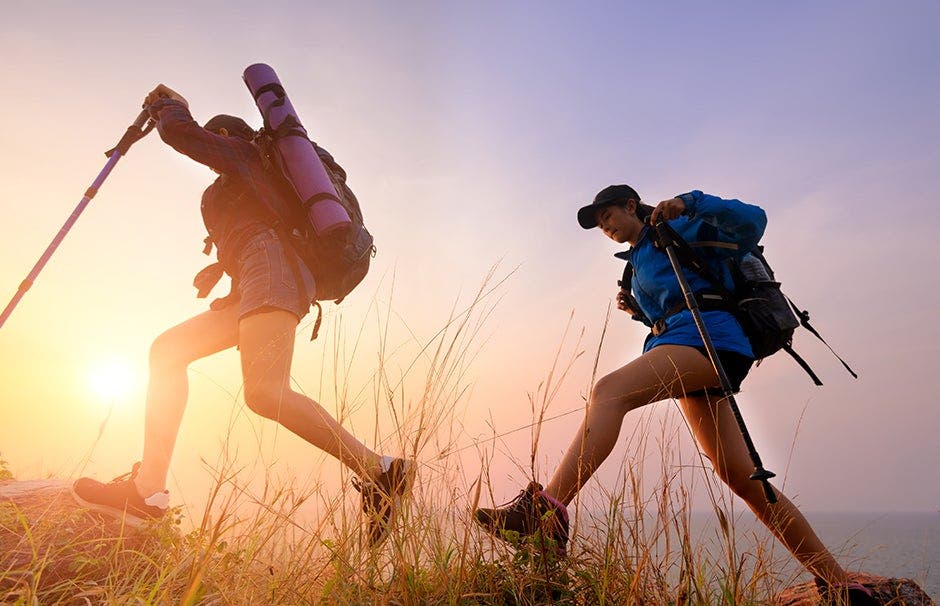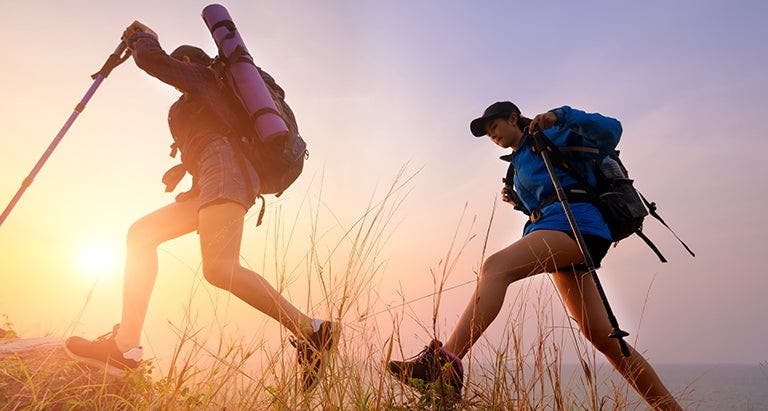Take a hike


Take your time
If you’ve never been hiking before, start small and build up. Consider how much time you have, who you’ll be hiking with, and what type of terrain you’ll be walking on. If you’re worried about your fitness levels, plan to take plenty of breaks along the route, start closer to home, or do a shorter circular route so you have a regular opportunity to assess whether or not you want to do another lap.
Choose your tribe
Hiking can be a sociable activity, as the steady pace allows you to chat as you walk. Joining a walking group can be a good way to meet new people as well as take some of the hassle out of planning your own routes. When you’re hiking with others, stick together and work to the pace of the slowest member. And if you don’t want to join an organised group, recruit a hiking buddy from your meeting or family instead.
Put safety first
Hiking is a fairly low-risk activity, but let someone know your plans, including when to expect you back, and invest in a map, torch (if you’re setting off later in the day) and compass, in case your GPS doesn’t work. Take regular breaks, stay hydrated and wear sunscreen. It’s also worth taking a simple first-aid kit with you, including painkillers and plasters.
Fuel your body
As hiking is an endurance exercise, keep your energy levels up with wholemeal sandwiches, oatcakes, bananas or homemade flapjacks. Take two water bottles with you, and drink regularly, especially if the weather’s warm.
Get kitted out
Your clothing should be comfortable and appropriate for the weather conditions. Depending on the temperature, you’ll need lightweight layers, with a thermal base layer and a waterproof outer layer. Also, go for loose-fitting stretch trousers for comfort and be prepared with a hat, sunglasses, gloves and spare socks in your backpack. Look for comfortable walking boots with a solid rubber sole – they’ll need to be lightweight, waterproof and supportive of heels and ankles.
